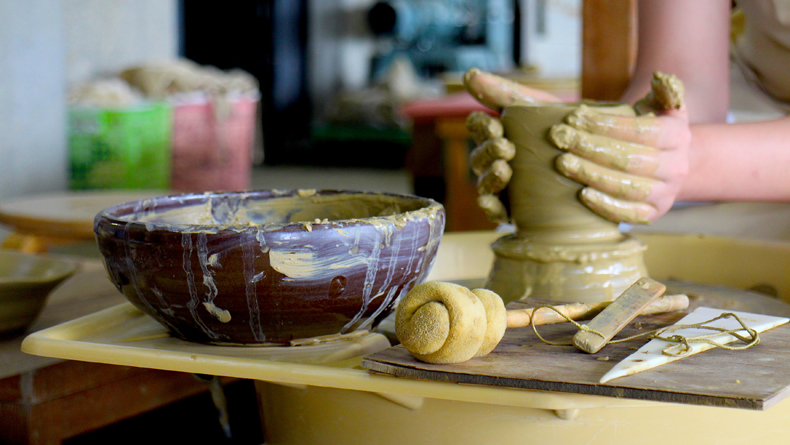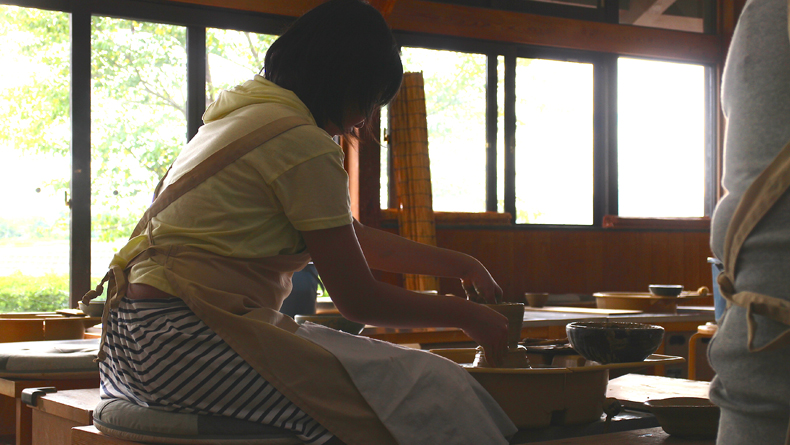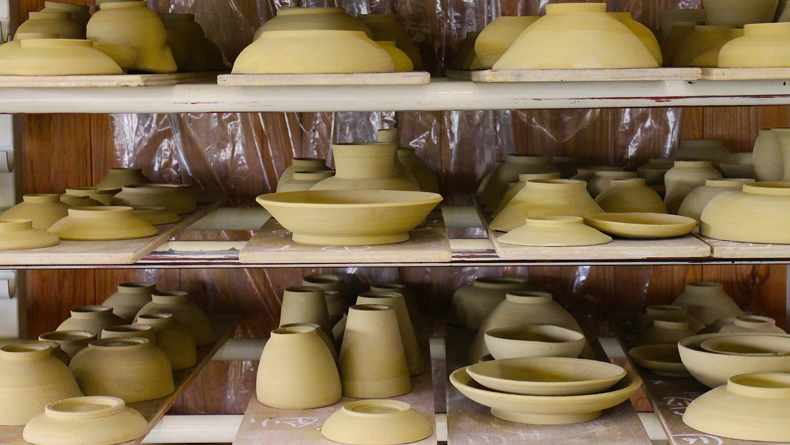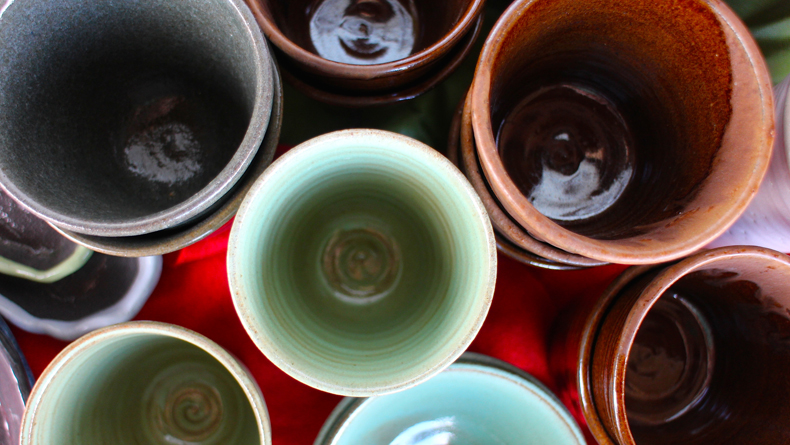Kasama: Getting Crafty in Ibaraki
Japan is a nation of craftspeople: brushmakers, food artists, textile and laquerware masters, papermakers, woodblock carvers, ceramicists. And while Japanese ceramics certainly need no introduction from me, I recently learned of a magical little community, about 90 minutes outside Tokyo, dedicated to the traditional techniques, a place globally known for creating some of the nation’s most revered pieces: Kasama Geijutsu no Mori Park in Ibaraki. In English, it is simply known as Craft Hills.
The Kasama ceramics community dates back to the Edo period as a place where potters from all over the country converged, seeking work. Not the most famous ceramics village in Japan, Kasama potters focused largely on pedestrian items for daily use, such as large jars and hibachi (火鉢), traditional Japanese containers used to provide heat (not as small barbecues as we know hibachi in the western world). In time, potters began creating tabletop items to meet the consumer demands of an increasingly modern Japanese lifestyle.
I arrived at Craft Hills and was immediately put at ease with the grassy slopes and tree-fringed skyline. The complex is small but sprawling, reminiscent of a miniature college campus. After a bit of roaming the open studios to view current work by local potters, I made my way to the workshop studio, where I’d take to the wheel and hopefully spin some pieces of my own.
The workshop studio is divided into two sections: one filled with visitors glazing or hand painting pieces already fired, the other, a ceiling-to-floor windowed space (lots of natural light) with rows of potter’s wheels, tools, and countless mounds of Kasama clay. Kids, couples, and artisans sat side by side, quietly getting their hands dirty. For about ¥2,100 you get instruction (in Japanese) and 800 grams of clay, which is enough to make several tabletop pieces. The instructors don’t speak English, but following by example should be enough to get you behind the wheel. I’ve been throwing in Tokyo for a few months now, so the instructors simply set me up and left me to do my thing. Bliss.
After making a small pitcher and a couple of sauce containers, I selected the pieces to be fired and assigned glazes. The workshop staff trims, fires, and glazes your pieces for a surprisingly low fee, and ships the completed works to you after two months. A long time to wait, but given how lovely the workspace is and how affordable the firing and glazing is, I’m looking forward to forgetting about them and getting a surprise in the mail sometime down the line.
Once I washed up and checked out, I walked across the complex to the Ibaraki Ceramics Art Museum. Opened in 2000, the museum is the first of its kind in Eastern Japan specializing in ceramics. Exhibits include a permanent collection of work from some of the nation’s finest ceramicists, a special regional section dedicated to Ibaraki ceramicists Itaya Hozen, who received the national Order of Culture award for excellence in the arts, and Matsui Kosei, who in 1993, was officially declared as a Living National Treasure, and a historical display of Kasama ceramics, featuring a video that demonstrates the entire ceramics-making process, step by step.
Both the Craft Hills workshop and the Ceramics museum offer well-stocked gift shops with local foods, as well as other craft items, and of course, some of the most collectible ceramic tableware, starting as low as ¥200 and going into the hundreds of thousands. There are cafes at each location as well, making a day studying local art a completely “on-campus” experience.
Kasama is known almost exclusively by Japanese locals and hard-core ceramics collectors. The accessibility, quality, and hands-on experience of Craft Hills makes Kasama a wonderfully worthwhile Tokyo day trip for anyone seeking a slightly uncommon adventure.
The Deets
Getting there: From Tokyo, take the Joban or Tobu line or the Tsukuba Express. Transfer in Oyama or Tomobe to the Mito Line and get off at Kasama Station (approximately two hours). Train fare starts at approximately ¥1,900 each way. Take the Kasama City Tour Bus (in front of the station) to Kasama Geijutsu no Mori Park (about 15 minutes). Bus fare: ¥100.
More info: To read more about Craft Hills, see its official website. Also check out the online Ibaraki tourism guide.















Leave a Reply